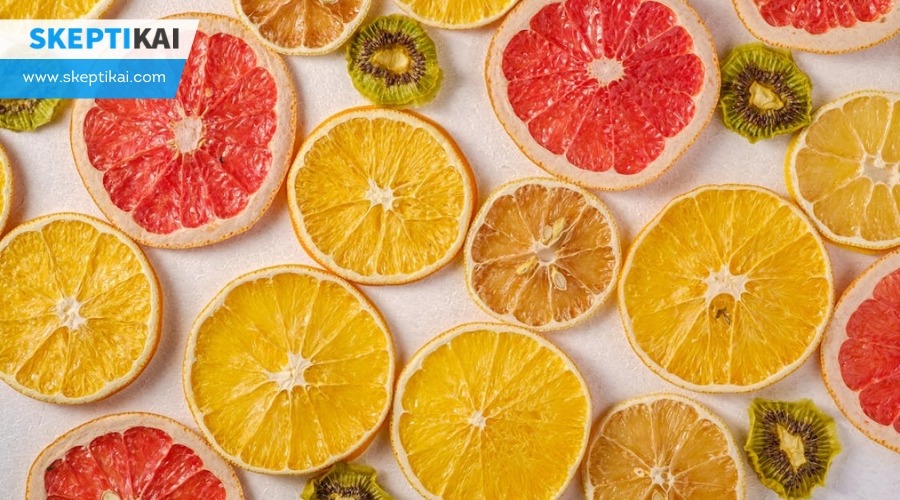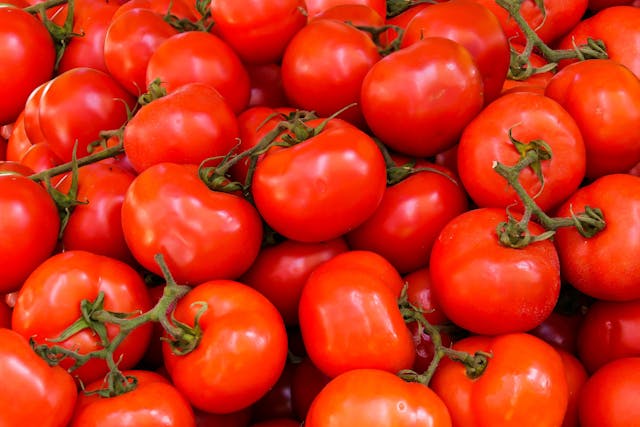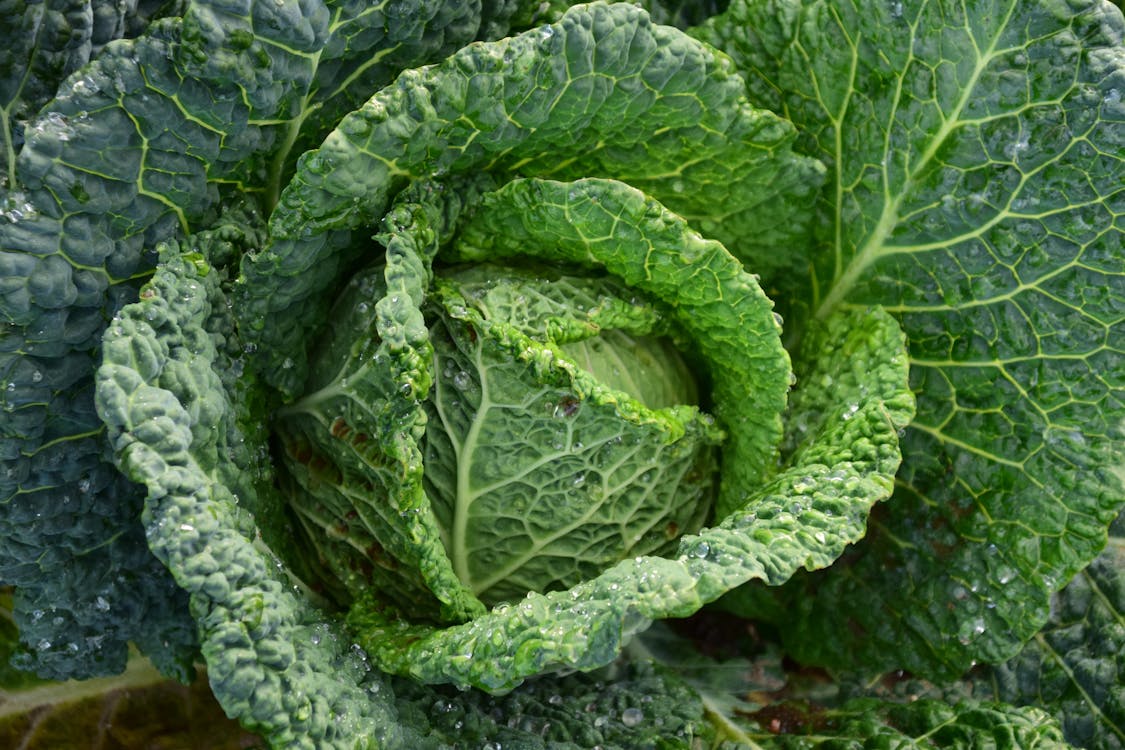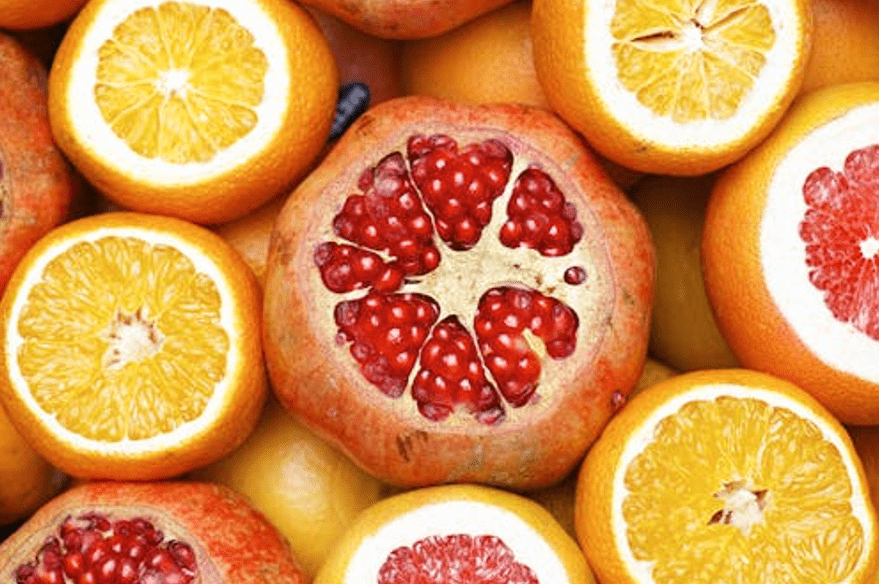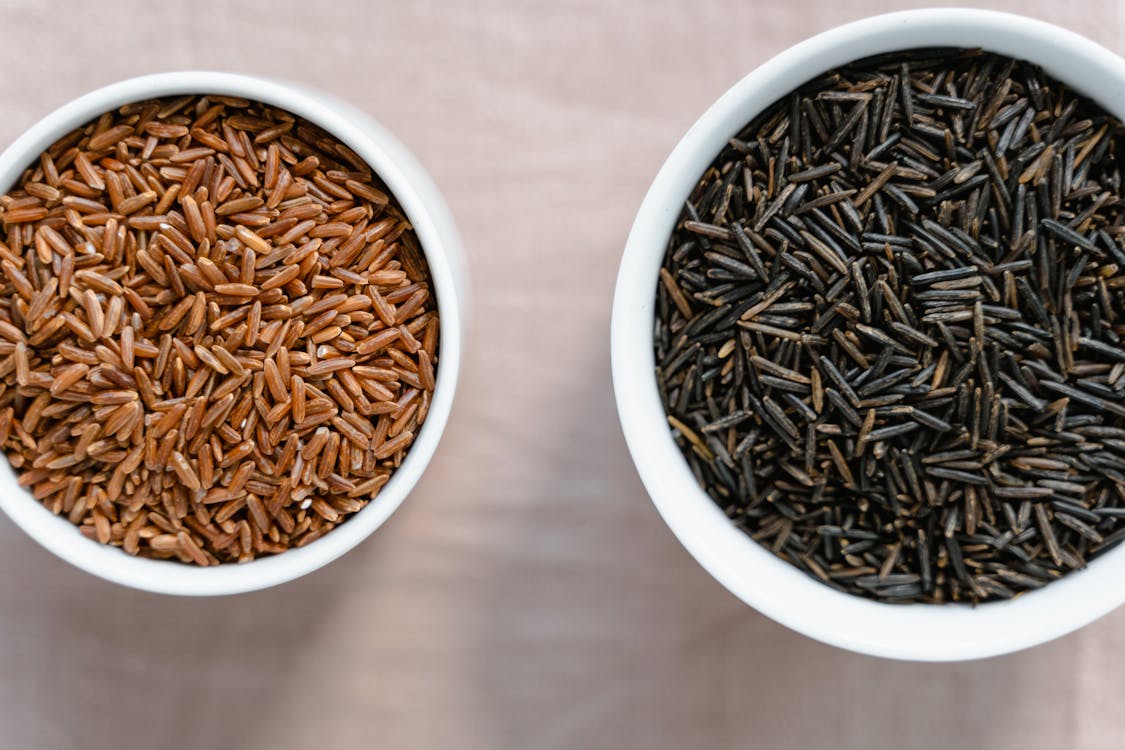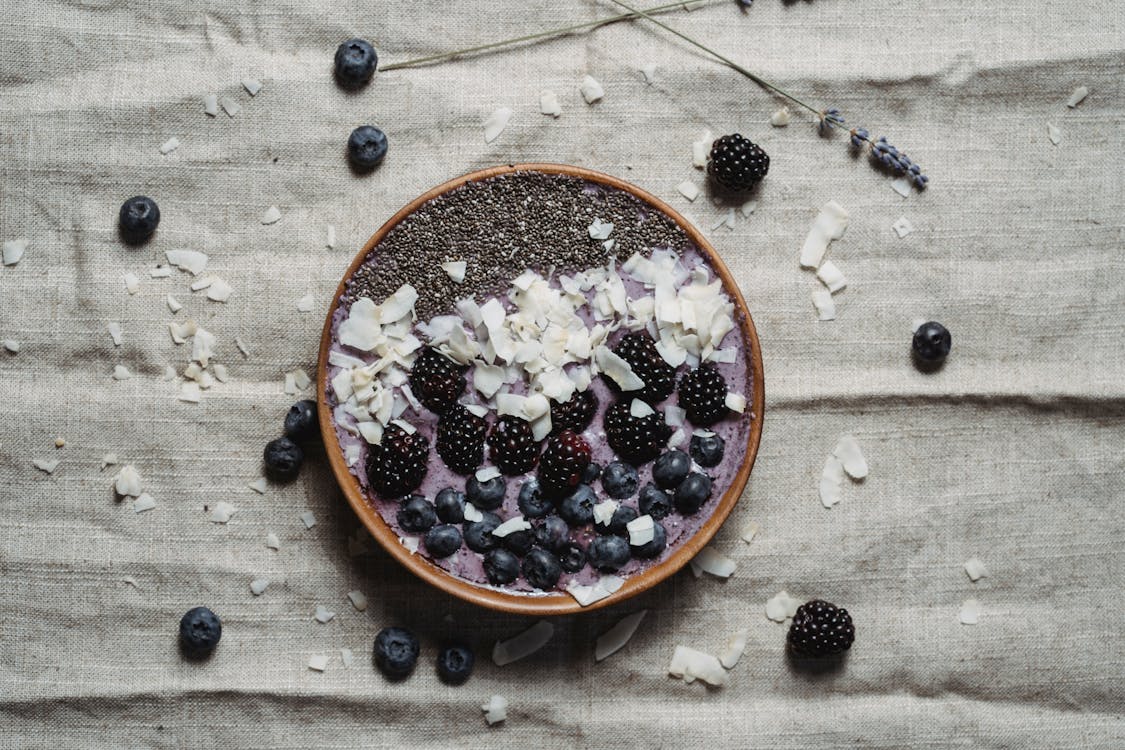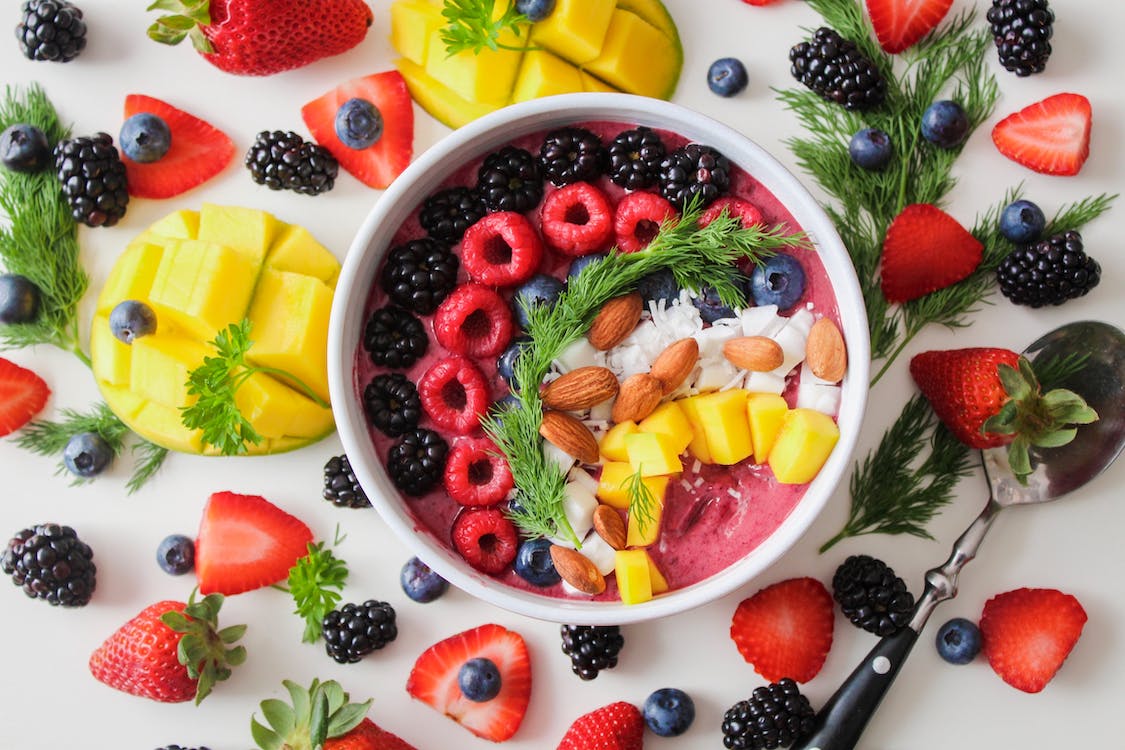Imagine you’re at a global dinner table where the color of your dish tells a story beyond its taste. In many cultures, the hues of food are not just a feast for the eyes but also a guide to the palate, influencing your expectations and choices before you’ve even taken a bite.
You might find yourself intrigued by how red signals sweetness in one part of the world, yet elsewhere, it warns of spiciness. This interplay of color and taste shapes our eating habits in subtle, yet profound ways.
Let’s peel back the layers on how these perceptions vary across cultures, and what that means for the global diner.
Cultural Significance of Reds
Throughout history, red has held a pivotal role in Asian cultures, symbolizing good luck, happiness, and prosperity, especially in festive and celebratory foods. This vibrant hue, deeply embedded in culinary traditions, carries a cultural significance that transcends mere visual appeal.
When you delve into these traditions, you’ll discover that red foods aren’t just about tantalizing your taste buds; they’re imbued with layers of symbolism.
Red, representing vitality and energy, encourages the consumption of certain foods for health and well-being. It’s not just about the color; it’s about what that color represents. Traditional Chinese cuisine, for instance, uses red to express joy, good fortune, and positivity. Dishes adorned in red aren’t merely meals; they’re blessings served on a plate.
Moreover, red chili peppers, beyond adding a kick of heat and flavor, embody protection and the warding off of evil spirits in some cultures. This illustrates how cultural beliefs in the power and symbolism of red foods deeply influence eating habits and preferences, shaping culinary rituals that have been passed down through generations.
The Role of Green Foods
Green foods, symbolizing growth and vitality, play a crucial role in diets worldwide, offering a wealth of nutrients that promote health and well-being. When you think of the color green, it’s often associated with freshness, health, and naturalness, qualities that are highly valued across many cultures. This perception influences food choices significantly, steering dietary preferences towards green vegetables and leafy greens, which are packed with vitamins, minerals, and antioxidants.
Consider how the color green in foods impacts your eating habits:
- Freshness and Health: The vibrant hue of green foods is universally recognized as a sign of freshness, suggesting that the food is full of life and beneficial nutrients.
- Balance and Vitality: Cultures around the world see green foods as essential for maintaining balance and vitality, reflecting a deep-rooted belief in the wellness benefits of consuming such items.
- Cultural Significance: In some societies, green vegetables aren’t just food; they symbolize growth, fertility, and prosperity, making them a staple in dietary traditions.
- Nutrient-Rich: Green foods are celebrated for their high content of vitamins and minerals, emphasizing their role in a balanced diet and overall wellness.
Yellow and Orange Foods
Diving into the world of yellow and orange foods, you’ll find they’re not just a feast for the eyes but also packed with nutrients that bolster vitality and well-being. These vibrant hues are more than just visually appealing; they’re deeply intertwined with cultural perceptions of energy, warmth, and happiness.
In many cultures, yellow and orange foods symbolize optimism and positivity. Consuming these colorful delights can be an uplifting experience, enhancing your mood with every bite. It’s not just about the taste; the colors themselves can stimulate your appetite and make your meal visually more enticing.
Here’s a quick glance at how these colors impact food choices and experiences:
| Color | Associations |
|---|---|
| Yellow | Vitality, happiness, energy |
| Orange | Warmth, optimism, mood-enhancing |
These colors evoke feelings of joy and well-being, influencing not just what you eat but how you feel about it. The brightness of yellow and orange foods can transform a simple meal into a more joyful experience, fostering a sense of happiness and satisfaction. As you incorporate these foods into your diet, you’re not just nourishing your body; you’re feeding your soul with every vibrant bite.
The Meaning Behind White
After exploring the vibrant world of yellow and orange foods, let’s shift our focus to the significance of white in our diets and its unique associations. The color white in food is deeply intertwined with notions of purity, simplicity, and cleanliness. This perception influences our view of certain foods as fresh and wholesome, directly impacting our eating habits and preferences.
When you think of white foods, several key characteristics and cultural significances come to mind:
- Purity and Simplicity: White often symbolizes cleanliness and unadulterated quality, making white foods like rice and bread staple items in many cuisines.
- Health and Wellness: Foods such as yogurt and tofu are linked to well-being, thanks to their natural and unprocessed attributes.
- Emotional Influence: The color white can evoke feelings of calmness and neutrality, enhancing the dining experience with a sense of peace.
- Cultural Preferences: The cultural significance of white affects choices and consumption patterns, leading to a preference for dishes that appear clean and untouched.
Understanding the meaning behind white in our diets reveals how deeply color influences our perceptions of taste, health, and satisfaction.
Black and Brown Foods
Exploring the realm of black and brown foods, you’ll uncover a world where bitterness, sophistication, earthiness, and comfort converge, deeply rooted in cultural traditions and taste expectations.
Black foods, often rich in depth and intensity, carry a hint of bitterness that’s synonymous with sophistication in many cultures. Think of the robust flavor of coffee or the dark allure of black sesame seeds, each offering a unique culinary experience that’s as refined as it’s captivating.
On the other hand, brown foods embody earthiness, warmth, and comfort. Ingredients like chocolate and certain spices not only bring a sense of homeliness to the table but also weave in layers of flavor that resonate with food lovers globally. The color symbolism of these hues plays a significant role in shaping your food choices, influencing not just what you eat but how you perceive the taste and quality of these foods.
Whether it’s the dark, mysterious allure of black ingredients or the comforting embrace of brown foods, the color of your meal does more than paint a pretty plate—it informs your taste expectations and guides your culinary journey, making each bite an exploration of cultural significance and personal preference.
Blue and Purple Palette
Venturing into the realm of blue and purple foods unveils a spectrum where rarity and richness meet, offering flavors and benefits that are as lavish as they’re healthful. You’ll find that these hues, often linked with luxury, royalty, and spirituality, not only elevate the dining experience but also bring a host of antioxidants, promoting wellness and vitality. The scarcity of naturally blue and purple foods makes them all the more exotic and desirable, transforming your plate into a canvas of culinary artistry.
- Blue and purple foods, like blueberries and grapes, are treasure troves of antioxidants, fighting off free radicals and boosting your health.
- The rarity of these colors in nature adds an exotic flair to your meals, making each bite a discovery of both flavor and visual appeal.
- These hues evoke tranquility and sophistication, enhancing your meal with a sense of calmness and elegance.
- Incorporating blue and purple into food presentation sparks creativity, offering a dining experience that’s as unique as it’s visually stunning.
As you indulge in these luxurious shades, you’re not just eating; you’re embarking on a journey where elegance, creativity, and healthfulness intertwine, making each meal an extraordinary experience.
Color Diversity in Cuisine
Delving into the tapestry of global cuisines, you’ll discover that the diversity of food colors isn’t just about aesthetics; it embodies deep cultural meanings and traditions. Different cultures associate specific food colors with unique meanings and symbolism, profoundly influencing culinary traditions and preferences. For example, in Chinese cuisine, red doesn’t just catch your eye; it symbolizes luck and happiness, especially during festive occasions like Lunar New Year. It’s a vivid illustration of how color diversity reflects cultural values and beliefs.
In Indian cuisine, the use of yellow turmeric goes beyond its vibrant color and health benefits; it’s a celebration of life and vitality, much like how green symbolizes freshness in ingredients like mint and coriander. Meanwhile, Mediterranean dishes, with their vibrant reds, yellows, and greens from tomatoes, saffron, and olives, speak volumes about the region’s rich cultural heritage. This color diversity in global cuisines does more than please the eye; it shapes not only the visual appeal but also the perceived taste and overall dining experience.
It’s a testament to how deeply our cultural heritage and culinary traditions are intertwined, making every meal a journey through the vibrant colors of our world’s diverse cultures.
Impact on Eating Patterns
Building on the colorful tapestry of global cuisines, let’s see how these colors not only decorate our plates but also shape our eating habits. The hues that highlight our meals do more than catch the eye; they’re deeply intertwined with cultural perceptions, influencing not only what looks appetizing but also what we expect to taste. This complex web of color symbolism and cultural traditions significantly impacts our food choices and consumption patterns.
To paint a picture for you:
- Food colors act as a silent language, conveying taste expectations and preferences shaped by cultural perceptions.
- Cultural meanings attached to specific colors can dictate which foods are considered appetizing, affecting individual food choices and eating habits.
- Diverse cultural traditions and beliefs around the world lead to varying associations with food colors, resulting in a rich mosaic of eating patterns.
- The intricate relationship between color meanings and food consumption underscores how cultural perceptions of food colors play a pivotal role in our dietary habits.
As you navigate through your culinary journey, it’s fascinating to consider how the colors on your plate aren’t just a feast for the eyes but also a reflection of cultural stories and traditions that influence what and how you eat.
Conclusion
In conclusion, the colors on your plate aren’t just about aesthetics; they’re deeply rooted in cultural perceptions that influence your eating habits. From the vibrancy of reds hinting at sweetness to the earthy tones of black and brown foods, each color plays a role in shaping your food preferences and choices.
Embracing the rainbow of colors in cuisine not only enriches your dining experience but also connects you to diverse cultural traditions, impacting your eating patterns in profound ways.
